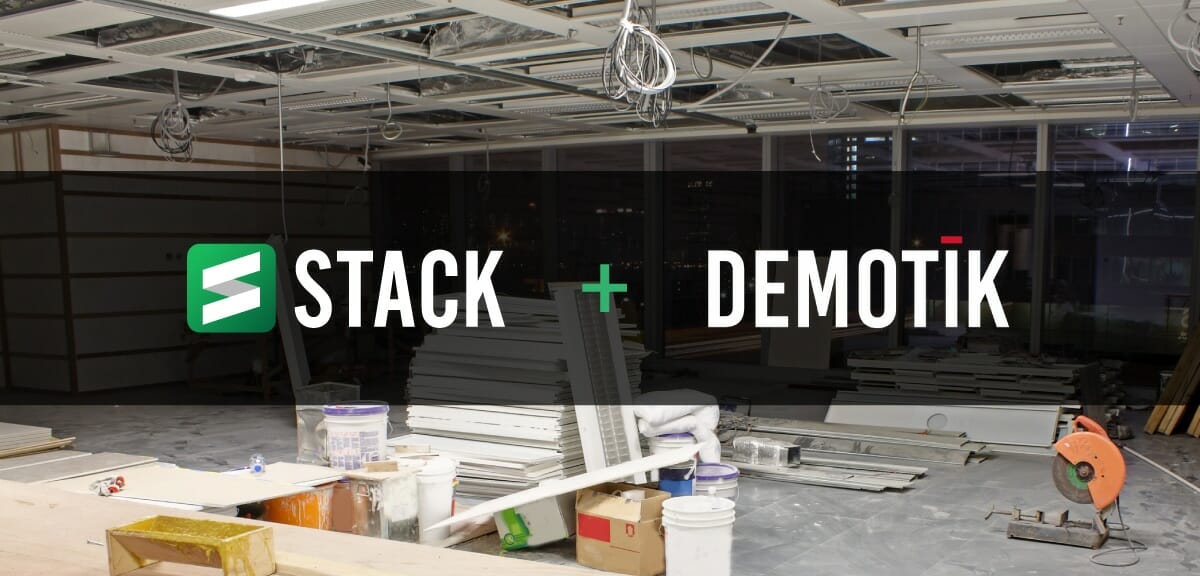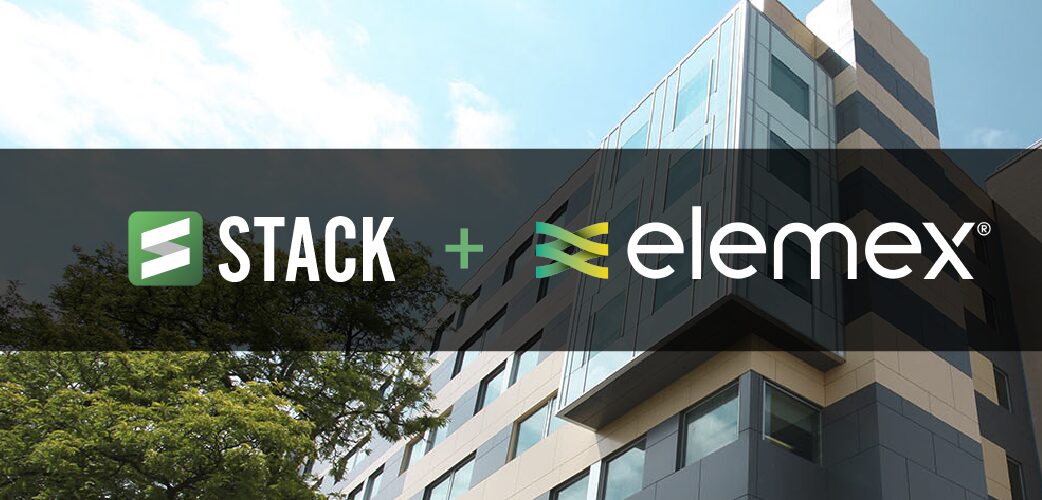
General contractors receive a multitude of bids for a given project, so if you want to win the work, it’s important to have a plan and make your proposal stand out from the rest. Here are 8 best practices to follow to ensure you’re submitting the best possible bids, as well as 2 tools that work together to make the process easy for your estimating team.
1. Be selective with your bids.
This may seem obvious, but you should be strategic and not waste your time looking through every possible job out there. Use a platform that allows you to seek out appropriate projects for your trade, crew skill level, and availability. A tool that makes it easier to narrow down project criteria will be extremely beneficial. (PlanHub is one online plan room that makes finding the right jobs easy.)
2. Make every minute count.
If it takes you a day or more to do a takeoff, you’re missing out on so many other bidding opportunities, and you have to be extremely competitive with pricing because you absolutely need every job you’re bidding. Using a tool that speeds up the process means you can not only bid more, but you can also take chances with your pricing and increase your margins since the stakes are not as high for every project. (STACK, a complete cloud-based preconstruction platform, allows you to perform takeoffs up to 10 times faster – and you can create detailed estimates and bid-ready proposals all in one place, including with insulation bidding software.)
3. Be extremely clear and detailed in your proposal.
Always include your general scope of work and a precise description of the project by name and location. You can usually find this in the ITB – including it shows initiative and that your company is organized and prepared. If you can’t find the name of the construction manager receiving proposals, it doesn’t hurt to call and ask.
Make it clear on your proposal which divisions you’re quoting for and detail the scope for each one. Indicate if your proposal is turn-key, meaning it includes material, labor, equipment, etc., or if there are limits to your services (i.e., you’re only providing labor, only material, etc.).
4. Include a division breakdown with your overall price.
Your overall price provides the minimum possible information for a GC. Make sure to break down prices by division so GCs can see what you’re charging for each unique scope of work. Even if you’re priced too high in one area, your other scopes might be competitive, so this increases your chances of winning the job. Also include pricing for any requested alternates – and even if the alternate won’t impact your company’s scope of work, acknowledge it anyway and price it at $0 so the GC knows you reviewed the build documents thoroughly.
5. Communicate added value.
Make your proposal stand out with any expertise you can offer. Don’t forget this is a competition, so if there’s anywhere you can do some value engineering, include it. If there are alternative materials or processes that could result in cost savings to the GC without sacrificing build quality, call attention to that. Again, be specific about the material or process changes that you recommend. Set your company apart with your suggestions.
6. Acknowledge the build documents.
List the project drawings with release dates and the name of the architect or engineer or record, as well as all specifications. Even though not all the specs will pertain to your company’s scope of work, there’s still information provided in specific sections that do impact your company.
7. Specify clarifications and exclusions.
Provide a list of clarifications and exclusions as they pertain to your quote: anything like time-sensitive pricing or bonding information. Material prices increase regularly, so make sure to note that in your proposal. You might also include costs like utilities, refuse containers, or prep work performed by others. Be thorough and show the GC you’re prepared.
8. Complete your proposal well in advance of the deadline.
If you’re doing takeoffs and estimates down to the wire before the deadline, you’re more likely to make mistakes and either overbid or underbid the job. Your estimating team can’t do their best under intense time pressure, so plan ahead and be ready to submit your quote well before the actual deadline. This gives you extra time to double check things, ask the GC questions to get more clarity, and it puts you in a position to be bidding more jobs – so that you can be selective with the ones you accept and can even raise your prices.
How do you get ahead enough to be submitting bids in advance of deadlines? That’s where PlanHub and STACK’s partnership comes in. Watch this on-demand webinar to see how these two platforms integrate to make your bidding process seamless.








